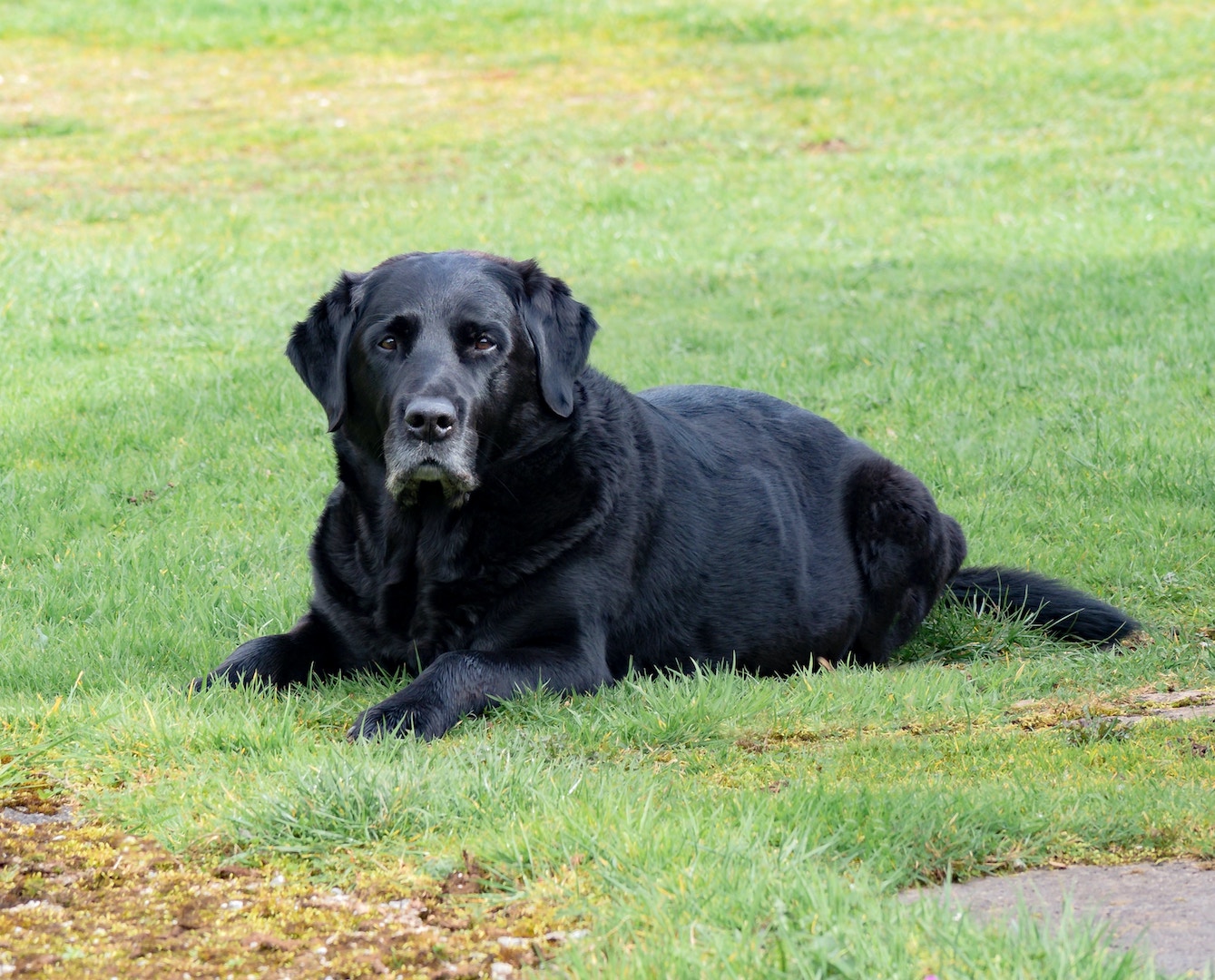To any unassuming movie-watcher, the Indiana Jones films are classics. The adventures of swashbuckling, fearless Dr. Jones are the envy of any adrenaline-seeking daredevil dreaming of saving precious ancient artifacts from the hands of greedy villains. However, let’s peel back the Hollywood effects and strip those movies down to the bones of their storyline. We’re left with the damaging, racist effects pseudoarchaeology has on the film lovers of today.
During TEDxMileHigh: Rise, archaeologist Sarah Kurnick took a deep dive into the harmful effects of pseudoarchaeology. She explained how seemingly harmless TV shows like Ancient Aliens perpetuate harmful thoughts. Thoughts like how some ancient cultures’ architectural feats make sense, others can only be explained by the help of extraterrestrials. Join us as we break down pseudoarchaeology and discuss the racism it creates.
What is Pseudoarchaeology?
Consider the film Indiana Jones and the Temple of Doom. In this sequel, Dr. Jones helps a village in India whose entire population of village children is kidnapped and forced to work in the mines of the Pankot Palace. The Thuggee cult is on the hunt for more sacred stones that, when combined, will complete their plot of world domination.
This is pseudoarchaeology. Although very obviously fictional, the unfounded idea that sacred stones, when used in combination, could help a group of people assume power over the entire population is absurd and untrue, as pseudoarchaeology commonly is.
At its core, “Pseudoarchaeology is something that seems like archeology, but isn’t,” explains Kurnick. “It involves making wild and unproven assumptions about the human past.” While you may be thinking, Ugh, just let me watch my movies in peace! I know none of this is real! We hear you.
However, we cannot underestimate the power of entertainment value. And, we cannot ignore that, when repeated often enough, pseudoarcheological claims can fuel racist, xenophobic thoughts.
The Harm of Pseudoarchaeology
Kurnick gives a perfect example of the harm of pseudoarchaeology. Consider the claim “Aliens helped build the ancient pyramids.” To many, this is a sarcastic joke. However, it ultimately implies that there was no possible way ancient Egyptians could have built one of the greatest examples of ancient architecture on their own.
Now, consider the fact that you have probably never heard anyone say, “Yeah, the aliens helped them,” in reference to the Colosseum built by the ancient Romans, or the Parthenon built in ancient Greece.
“Why is it that for pseudo archaeologists, Europeans could have accomplished their feats on their own, but non-Europeans must have had outside guidance?” — Sarah Kurnick
This is the harm of pseudoarchaeology. It almost always rests on the premise that non-white populations need some form of outside help. Back to our Indiana Jones example. The entire film, and the entire franchise for that matter, follows the same storyline. A good-looking, smart, white person (male, another issue for a different article) aids a non-white population in saving some form of their culture.
So, while Hollywood draws the velvet curtain and calls these films action and adventure dramas, the underlying message perpetuates racism in subtle and not-so-subtle ways. Kurnick explains, “Pseudoarchaeology sustains myths of white supremacy, disparages non-Europeans, and discredits their ancestors’ achievements.”
Why Pseudoarchaeology Matters
Of course, pseudoarchaeology and the underlying themes it encompasses are always harmful and, therefore, always matter. However, the real problem occurs when members of these discredited cultures begin to accept these ungrounded claims.
In her talk, Kurnick speaks of a neighbor of hers she knew while she lived in Guatemala studying the Maya. He made carvings to sell to tourists and stopped by one day with a carved replica of the sarcophagus lid of King Pakal.
This carving was a stunning example of ancient Maya religion and design, and Kurnick was excited for the opportunity to dive deeper into Mayan cosmology and iconography.
“Instead, he wanted to talk about an Ancient Aliens episode he’d seen, the one about the Maya,” Kurnick says. “Instead of marveling at his own ancestors, he was in awe of a fictional alien.”
In our Indiana Jones example, Dr. Jones and his sidekicks witness a brutal human sacrifice. Human sacrifices were indeed a part of ancient religious practices, but they were performed out of believed necessity, sometimes with volunteers coming forward with honor and bravery. In the scene in the film, however, the practice is depicted in savagery and taints the sacred practice with barbarity and unnecessary disgrace.
Now What?
You don’t have to completely boycott the Indiana Jones franchise or any other franchise based on pseudoarchaeology. However, it’s time for all of us to be aware of the harm this kind of entertainment can cause. We need to understand what pseudoarchaeology is. We need to know how to spot it, and how to avoid the racist effects it can have.


















